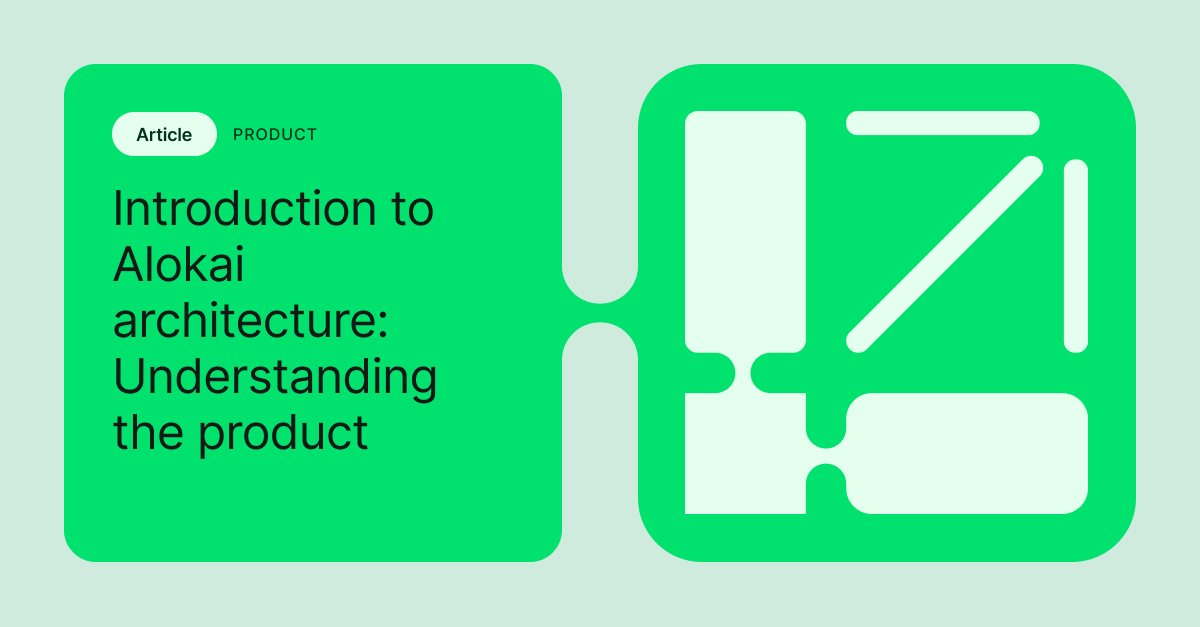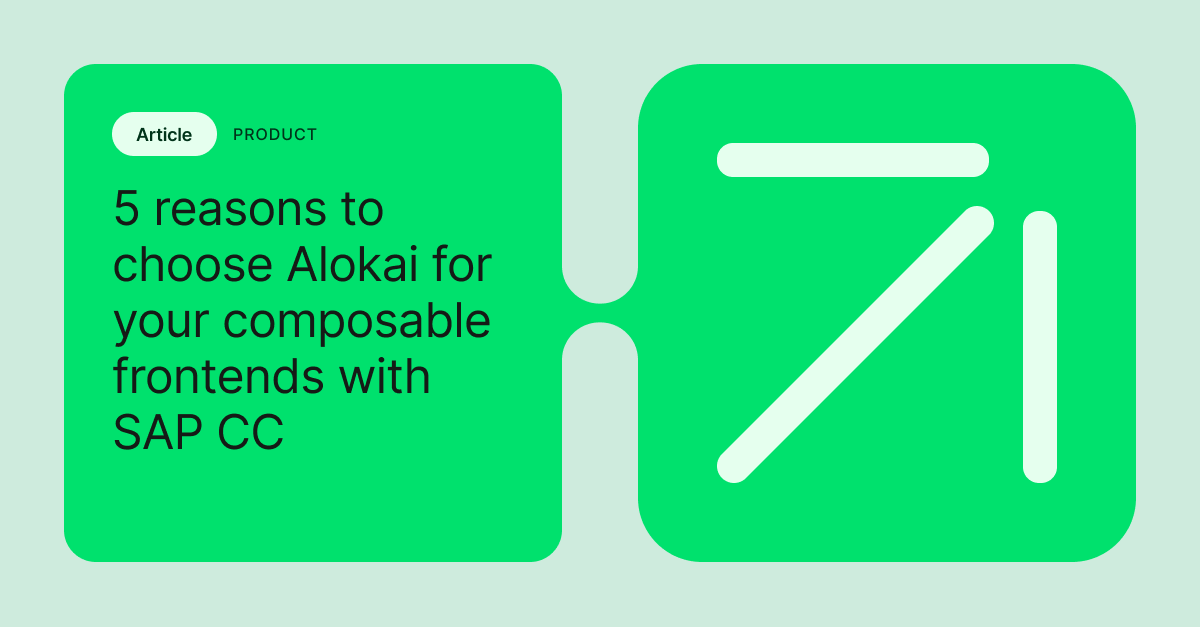On July 15, 2025, we hosted an expert panel on the future of SAP deprecated accelerators, featuring the speakers from SAP itself, Intellias, KPS, and, of course, Alokai. You can still watch the full recording of the event or, if you’re more into text summaries, here are the key points discussed:
1. Why modernize now?
SAP Commerce Cloud will end all support of deprecated legacy accelerators by 2028 and is encouraging all its customers to prioritize frontend modernization.
See what current SAP customers are planning to do in the next few years – read the SAP Executive Report.
2. What options for going headless are there?
There are 3 options available to SAP customers currently reliant on deprecated accelerators:
Move to SAP Composable Storefront (Spartacus) to stay within SAP’s ecosystem
Bet on custom development and build a headless frontend from scratch
Go with Alokai to keep the best of SAP’s backend while setting their frontend free and compatible with top headless vendors on the market
3. Spartacus vs Alokai: Which to choose?
Composable Storefront: Ideal for quick starts, especially for B2B with heavy SAP S/4HANA/ECC utilization or specific industries (IS-U, Telco, heavy manufacturing).
Alokai: Offers Frontend as a Service with out-of-the-box integration, SmartEdit & Solar compatibility, and capabilities to simplify modernization and mitigate risks.
4. Where to get started?
Evaluate your path by assessing:
Technology alignment: Match frontend tech (Angular, React, Vue, Qwik) to your internal skills and partner capabilities.
Timing & costs: Consider project duration, licensing, and how closely OOTB solutions align with your desired UX.
Innovation roadmap: Align with vendor and client innovation strategies.
Support & strategy: Understand vendor support models and your long-term vendor strategy.
Future needs: Plan for integration with other composable vendors or a potential shift from SAP Commerce backend.
5. Best practices for implementation
A successful migration starts with clear objectives and a phased approach.
Define your "Why"s: Identify specific business pains (e.g., slow checkout, marketing limitations) and set measurable goals (e.g., "Reduce cart abandonment by 15%").
Audit & scope: Map your current customer journey and itemize all storefront pages and data. Determine if it's a like-for-like migration, an enhancement opportunity, or a full UX redesign.
Development strategy: Decide if this is an in-house project or if you need an external partner. Ensure your APIs are robust and ready.
Phased rollout: Consider a phased approach (new and legacy sites in parallel) with feature toggling to manage risk and limit impact. Avoid a "big-bang" if possible.
Manage complexity: Be aware of increased overhead during bit-by-bit transitions.
Stakeholder buy-in: Position the migration as an opportunity, convey urgency, and define clear outcomes and value propositions.
SEO preservation: Crucial for site traffic – plan for 301 redirects carefully.
6. How to future-proof your frontend
A future-ready frontend is built for speed, adaptability, and integration. Aim for a frontend that is:
Decoupled (headless) & API-driven: Separate from the backend to easily swap services and integrate best-of-breed tools (search, payments, personalization).
High-performing: Delivers sub-second page loads for better user satisfaction and SEO.
Omnichannel by design: Powers websites, mobile apps, and future digital touchpoints from a single codebase.
Business empowering: Allows non-technical teams to quickly create and modify content, boosting agility.
Flexible & AI-ready: Designed for future expansion (geography, brands, layouts) and enables better data capture for AI leverage.


















